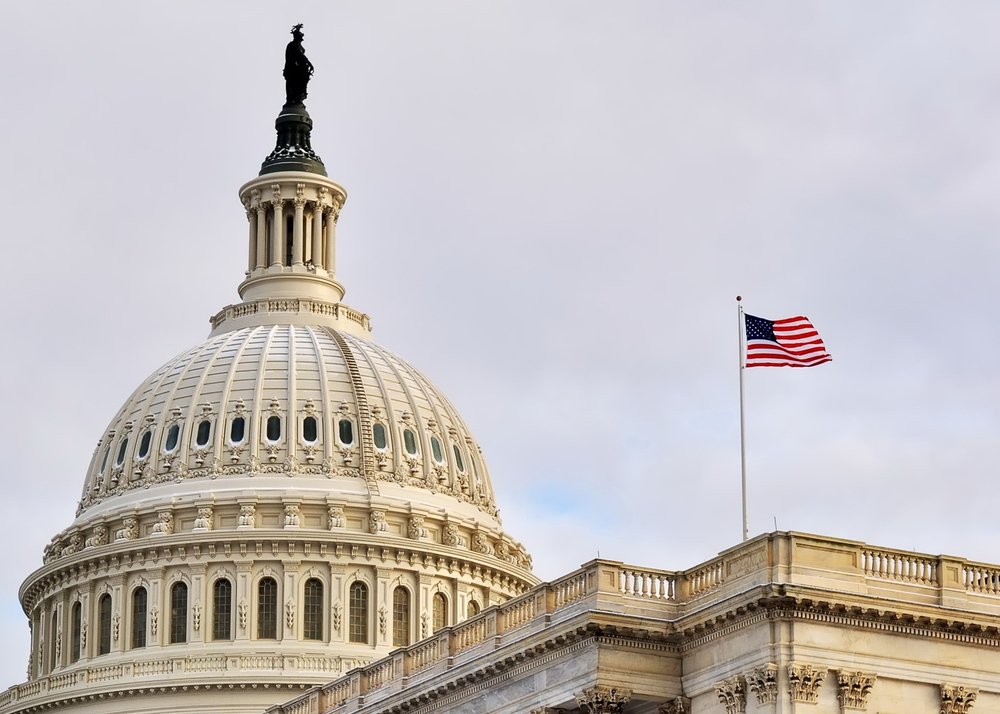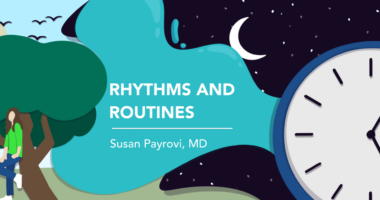ABLE Act Improvements Reintroduced in Congress


The ABLE Act improvement bills were reintroduced into Congress this week and referred to committee on April 4. The bills died in committee in 2016 before an active campaign could garner enough attention in that election year.
I urge all readers in the U.S. to call your representatives and senators to encourage them to become co-sponsors and support these bills. A great website to find them to email or call is www.govtrack.us, which also lets you track the bills’ progress.
The Achieving a Better Life Experience Act of 2014, better known as the ABLE Act), amends Section 529 of the Internal Revenue Service Code of 1986 to create tax-advantaged savings accounts for individuals with disabilities. These tax-advantaged savings accounts can be used to cover qualified disability expenses, such as, but not limited to, education, housing and transportation.
The current eligibility age limit is 26 years old. That is up to, but not including, age 26. This age-based limitation is absurd for many reasons. People with MS most often are diagnosed later in life.
One amendment would raise the age of eligibility to 46. This bill would allow deposits of up to $14,000 a year into an ABLE account. Money in such an accounts is not included in any Medicaid means testing (up to $100,000).
The new bill numbers are as follows:
HR 1874 ABLE Age Adjustment Act: The House bill to raise the age of eligibility to 46. The text may not be available online at this link yet. I expect it will be the same language used in last year’s version.
S 817 ABLE Age Adjustment Act: The Senate version of the same text as HR 1874 to raise the age of eligibility to age 46.
S 816 / HR 1897 ABLE Financial Planning Act: This would allow families to roll over savings in a 529 college savings plan into an ABLE account.
S 818 / HR 1896 ABLE to Work Act: This act “would allow individuals and their families to save more money in an ABLE account if the beneficiary works and earns income. Specifically, in addition to the $14,000 annual contribution cap, an ABLE beneficiary who earns income from a job could contribute from his/her compensation up to the Federal Poverty Level, which is currently at $11,700 (potentially increasing allowable annual contributions to $25,770).” (Wording taken from the ABLE National Resource Center email notification system).
***
Note: Multiple Sclerosis News Today is strictly a news and information website about the disease. It does not provide medical advice, diagnosis, or treatment. This content is not intended to be a substitute for professional medical advice, diagnosis, or treatment. Always seek the advice of your physician or other qualified health provider with any questions you may have regarding a medical condition. Never disregard professional medical advice or delay in seeking it because of something you have read on this website. The opinions expressed in this column are not those of Multiple Sclerosis News Today, or its parent company, Bionews Services, and are intended to spark discussion about issues pertaining to multiple sclerosis.







Leave a comment
Fill in the required fields to post. Your email address will not be published.